5 Must-Know Chinese Seasoning Hacks That Will Revolutionize Your Kitchen!
Chinese seasoning is more than just throwing in a handful of salt and pepper. It's an art form that has been passed down for generations, blending flavors like sweet, sour, bitter, spicy, and salty into one harmonious bite. Whether you're a seasoned chef or someone who occasionally whips up fried rice on a lazy Sunday, this list will transform your kitchen game.
Table of Contents
- Hack #1: Master the Magic of Five-Spice Powder
- Hack #2: Soy Sauce Is Not One-Size-Fits-All
- Hack #3: Unlock Umami with Fermented Black Beans
- Hack #4: Ginger & Garlic—The Dynamic Duo
- Hack #5: Toast Your Spices Like a Pro
- Conclusion: Elevate Every Dish
Hack #1: Master the Magic of Five-Spice Powder
If there’s one spice blend that screams “Chinese cuisine,” it’s five-spice powder. But what exactly is in it? The traditional mix includes:
- Anise
- Star anise
- Cinnamon
- Cloves
- Szechuan peppercorns
| Spice | Flavor Profile | Best Used In |
|---|---|---|
| Anise | Sweet licorice flavor | Braised meats, soups |
| Star Anise | Similar to anise, but more intense | Red-braised pork, pho broth |
| Cinnamon | Warm, earthy sweetness | Desserts, marinades |
| Cloves | Strong, pungent, slightly bitter | Curries, roasted meats |
| Szechuan Peppercorns | Tingly numbing effect | Mapo tofu, hot pot |
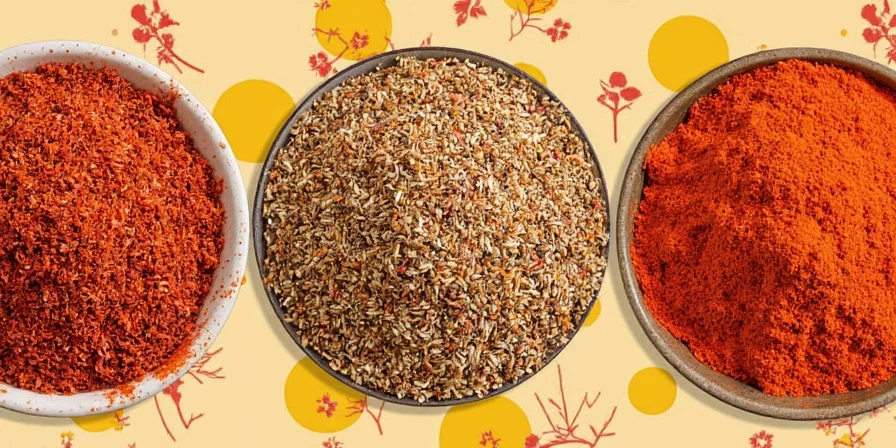
The trick here is balance. Too much star anise and your dish becomes overwhelmingly licorice-like. A tiny pinch of Szechuan pepper can make your tongue tingle deliciously without going overboard.
Hack #2: Soy Sauce Is Not One-Size-Fits-All
Soy sauce might be the most iconic ingredient in Chinese cooking, but did you know there are multiple types? Here’s a quick breakdown:
| Type | Texture | Flavor | Best Use |
|---|---|---|---|
| Light Soy Sauce | Thin, watery | Salty, delicate | Marinades, stir-fries |
| Dark Soy Sauce | Thicker, darker | Sweeter, richer | Braising, color enhancement |
| Double Black Soy Sauce | Very thick | Umami bomb | Red braises, dumpling dipping sauces |
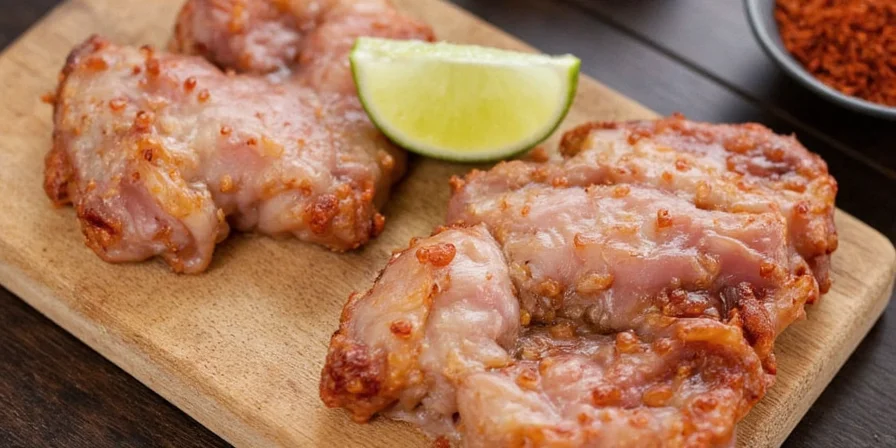
Pro Tip: Use light soy sauce when you want flavor without overpowering your dish. Dark soy adds depth and color—perfect for those glossy, restaurant-style braised dishes.
Hack #3: Unlock Umami with Fermented Black Beans
Fermented black beans (also known as salted black beans) are the unsung heroes of Chinese kitchens. They may look unassuming, but their rich, salty funkiness packs a punch.
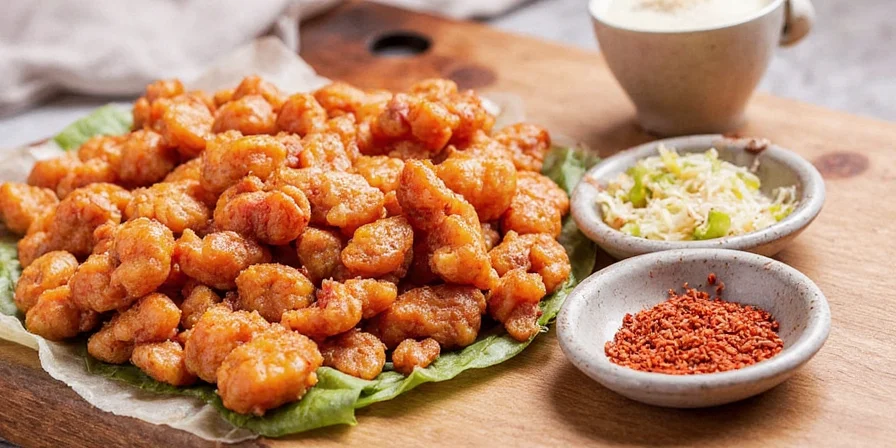
Here’s how to use them:
- Rinse before using to reduce saltiness
- Crush or chop finely for better distribution
- Add early in the cooking process to infuse flavor
Try them in dishes like:
- Kung Pao Chicken
- Black Bean Spare Ribs
- Clay Pot Tofu
Hack #4: Ginger & Garlic—The Dynamic Duo
No Chinese dish is complete without fresh ginger and garlic. These two ingredients set the stage for flavor from the very first sizzle in the wok.
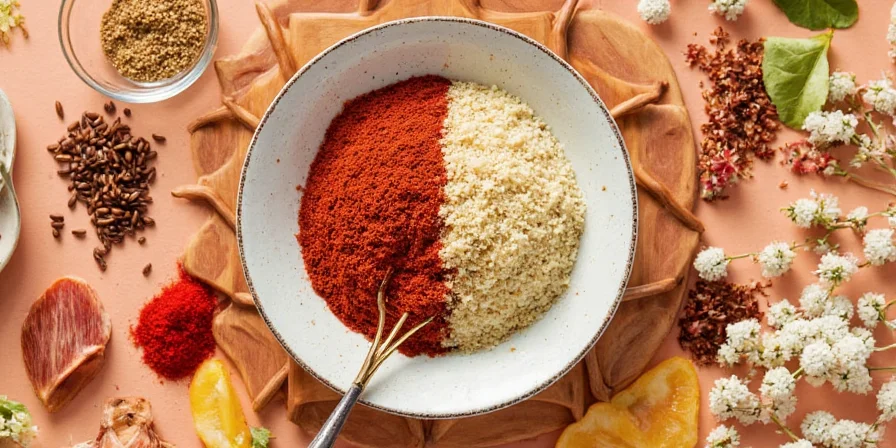
Key Techniques:
- Use young ginger for a milder taste
- Older ginger is spicier and more fibrous—best grated or sliced thinly
- Garlic should be smashed for aromatics or minced finely for sauces
Secret Trick: For a nutty aroma, lightly toast smashed garlic in oil before adding other seasonings.
Hack #5: Toast Your Spices Like a Pro
This might come as a surprise, but many Chinese spices perform best when toasted. Dry roasting unlocks complex flavors that raw spices simply don’t have.
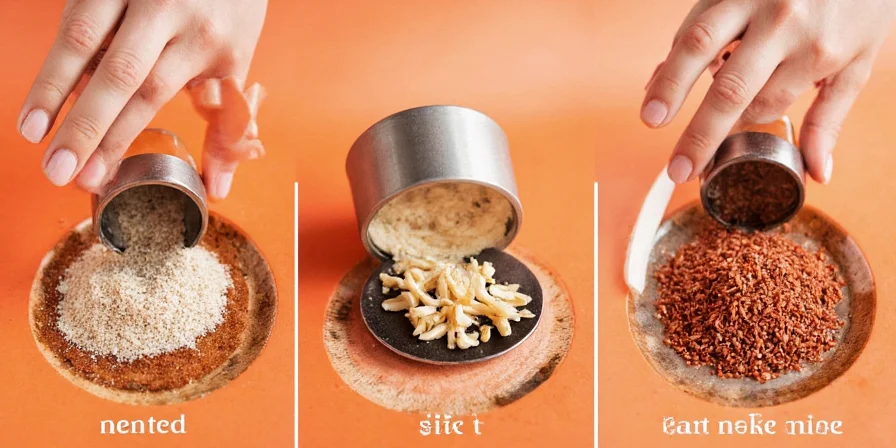
How to Do It Right:
- Use a dry pan (no oil)
- Toast over medium heat
- Keep stirring to avoid burning
- You’ll know it’s done when they become fragrant and darken slightly
Great candidates for toasting:
- Szechuan peppercorns
- Star anise
- Fennel seeds
- Coriander seeds
Conclusion: Elevate Every Dish
Chinese seasoning isn’t just about slapping on soy sauce and calling it a day. It’s about layering flavors, balancing textures, and understanding the science behind each spice. With these five hacks, you’re well on your way to mastering the art of Chinese flavor.
Remember:
- Five-spice powder is your aromatic anchor
- Soy sauce comes in many forms—choose wisely
- Fermented black beans add umami like no other
- Ginger and garlic kickstart every great dish
- Toasting spices unlocks hidden depths
Now go forth, cook boldly, and season like a true Chinese kitchen ninja!
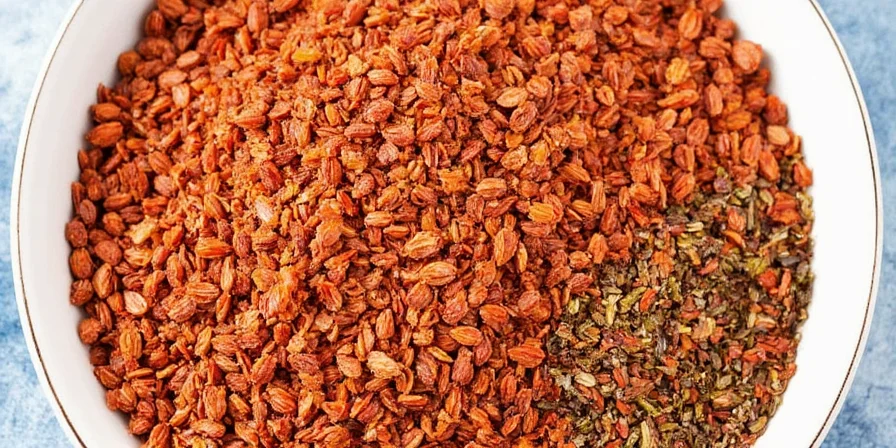

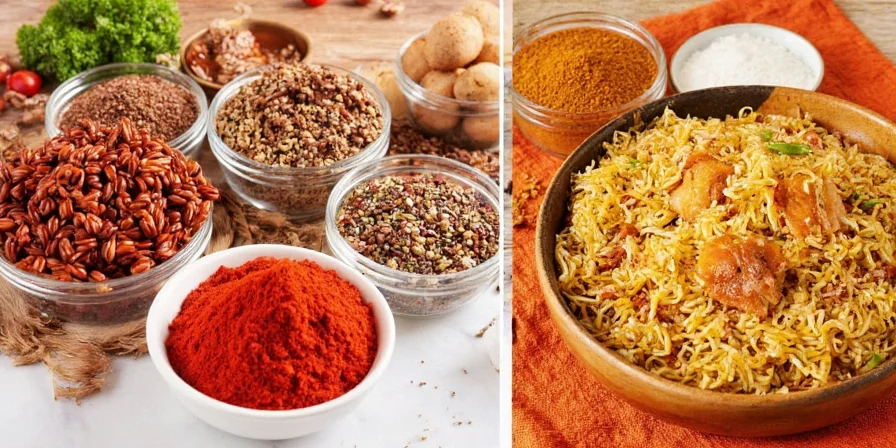









 浙公网安备
33010002000092号
浙公网安备
33010002000092号 浙B2-20120091-4
浙B2-20120091-4